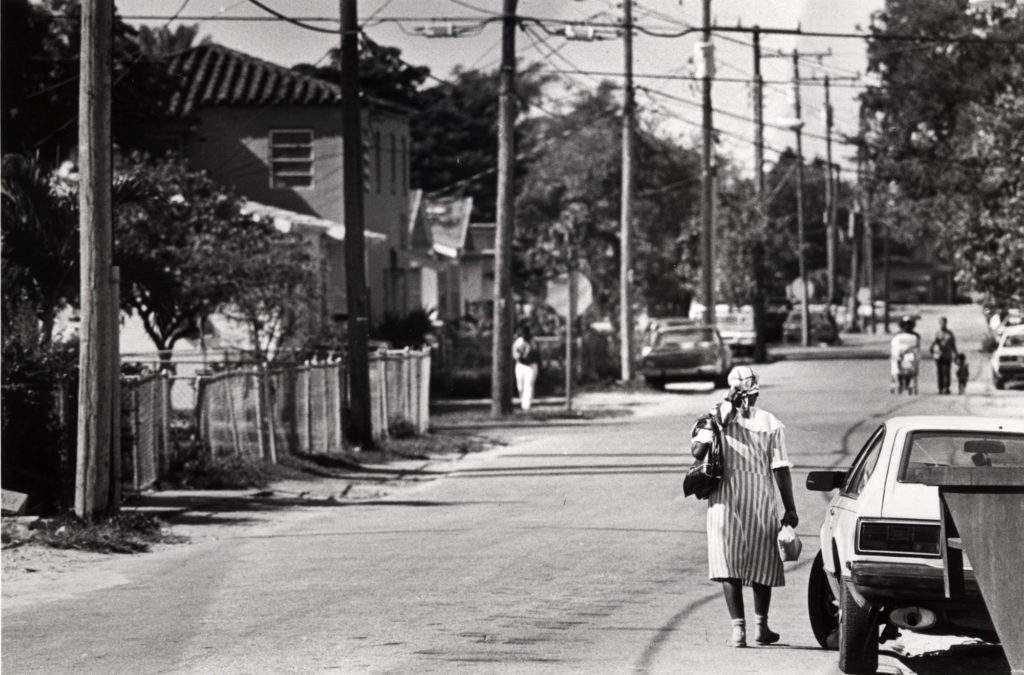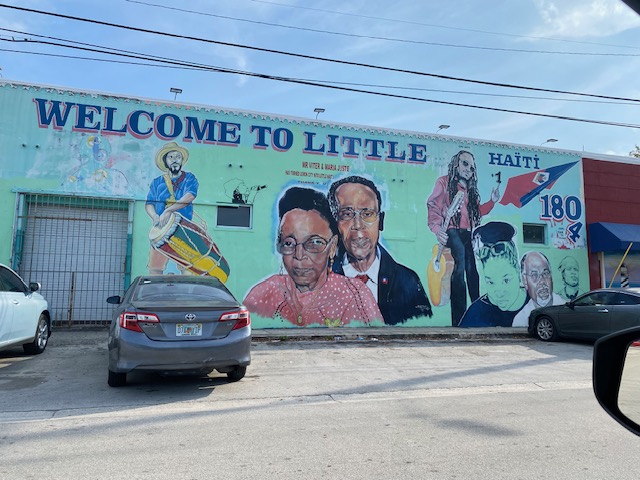" The United States is
the top global destination for Haitian migrants, although significant migration is relatively
recent. The first major Haitian arrivals had escaped during the brutal, three-decade-long
Duvalier father-son dictatorship, the collapse of which in 1986 led to political and economic
chaos in Haiti. Beyond political instability, endemic poverty and a series of natural
disasters, including a devastating 2010 earthquake, have prompted generations of Haitians to
move to the United States, elsewhere in the Caribbean, and other countries throughout the
Americas. Haitian immigrants account for less than 2 percent of the U.S. foreign-born
population, though their numbers increased by 17 percent from 2010 (587,000) to 2018 (687,000).
After the 2010 earthquake, which caused hundreds of thousands of deaths and displaced more than
1.5 million people, the U.S. government extended Temporary Protected Status (TPS) to certain Haitians
already in the United States, providing temporary work authorization and relief from deportation.
More than 55,000 Haitian immigrants have been granted TPS. Most Haitian immigrants living in the
United States arrived before the earthquake, establishing robust communities in Florida and
New York, where more than two-thirds live. The Haitian immigrant population has more than tripled
in size from 1990 to 2018. "
Source:
Kira Olsen-Medina and Jeanne Batalova (2020) "Haitian Immigrants in the United States" Published by: Migration Policy Institute
https://www.migrationpolicy.org/article/haitian-immigrants-united-states-2018#Distribution













